Many teams will not climb today, April 18, 2022, as eight years ago to the day, at 6:35 am, a small section of an ice serac released onto the Khumbu Icefall. 16 Sherpas were killed in a moment as tons of ice fell, leaving the mountain workers with few options and nowhere to hide. Today is a day to remember. Om mani Padme hung
Big Picture
A few more permits were issued over the weekend, bringing the total for all 23 peaks to 744. On Everest, they remained steady at 263 with 94 on Lhotse. Sherpas will return to stocking high camps tomorrow, but on the other 8000ers, we may see summits tomorrow or the next day. One I’m keeping a close eye on is Dhaulagiri with Carlos Sori, 83, Sito Carcavilla, and the six Sherpas are at Camp 3 of Dhaulagiri with a solid weather forecast. Thye could summit tomorrow marking Carols’ 13th summit an 8000er, leaving on Shispanagma.
There is still a lot of climbing on the ‘other’ 8000ers, with Makalu, Lhotse and Lhotse South Face, and Kangchenjunga, but heavy snowfall delays progress on Annapurna
Look for summits on most of these over the next few weeks and the serious acclimatization rotations to begin on Everest around April 19-20.
Everest
On April 18, 2014, at 6:35 am, a small section of an ice serac released onto the Khumbu Icefall. 16 Sherpas were killed in a moment as tons of ice fell, leaving the mountain workers with few options and nowhere to hide. Today, eight years later 2022, there was limited climbing on Mt. Everest. In previous years, there was no climbing but the echo from that day dims. Few Sherpas, no foreigners – almost everyone is in solemn unity remembering where they were that day, and who they lost.
“The tears are right below the surface.” Russell Brice, Himex, told me in 2016 while standing on the trail that defines the main street of Everest Base Camp. Brice’s words and emotions could have come from any Everest operator – foreign or Nepali, Revered Sherpa who is now retired, Lapka Rita Sherpa told me that day:
We had great puja ceremony yesterday and our entire teams felt blessed. Today April 18th is Memorial Day of 16 sherpa’s hero’s lost theirs life during the 2014 tragic avalanche on khumbu icefall. This day is extremely difficult and super painful for me and many of my fellow climbers friends and their family.
The entire Everest base camp remain silent not involving any climbing activities to remembering those heroes, sending our thoughts and prayers. Om mani Padme hung, Om mani padme hung, Om mani padme hung. May those heroes Rest In Peace.
A four ladder structure collapsed sometime in the night and before 80 Sherpas ferrying loads into the Western Cwm approached it. As soon as the Sherpas saw the route was impassable, some immediately turned back to the safety of Base Camp, while others, too many, waited for the Icefall Doctors to repair the route.
Phil Crampton of Altitude Junkies told me in 2016:
This morning, 6 of our Sherpas, out of a total of 24 working for the Junkies this spring season, departed base camp at 3:30 AM for a load carry to camp one. Unfortunately, halfway up the icefall there was reportedly some collapsed ladders. It seems as if the route needs to be re-routed to avoid a bottleneck at this section as many Sherpas reported that no ladders had collapsed, but the trail of 80 Sherpas came to a standstill. With this in mind, Dorjee Sherpa and myself instructed our Sherpas to descend immediately and drop their loads at crampon point. The icefall is definitely not a place to stand around and wait for ladders to be fixed. The Sherpas returned to base camp with large smiles and even larger appetites.
There have been lessons from that deadly 2014 day.
Many lost long-time employees, friends, and in many cases, family. There is no chasm between the operators or agencies about that day. They speak in quiet tones about great climbers, young and old, Sherpa Guides. They talk about their base camp doctors or the cameraman trying to record what makes Everest so special. Avalanches know no profession, no nationality. They are random and often fatal.
Brice and others – western and Nepali – returned the year after the avalanche. When asked why he simply says “It’s the right thing to do.” The cynical will bring into the conversation how much Sherpas are paid, the profit margins, and the tired old line about Sherpa exploitation by western operators. If you ask the Sherpas, they will acknowledge the danger and the income that comes from guiding. They are pleased that about 250 foreigners are climbing Everest in 2022.

All foreign climbers are with a team that includes climbing Sherpas, cooks, and countless porters. They stayed in Kathmandu hotels and ate in Kathmandu restaurants. As they trekked towards base camp they stayed in teahouses and ate their meals there. Their gear was transported from Kathmandu to the Khumbu on Nepali-owned airlines. Local porters carried them further up the valley.
Yes, the $11,000 Everest permit fee goes to the government and the western and Nepali companies earn a profit however a large part of the revenue, both direct and indirect that a climber pays, goes right back into Nepal.
This is one reason why foreign and domestic operators return year, after year, in spite of the risks. They know that what they do goes beyond helping members stand on a summit. Today’s remembrance is not a justification for climbing. It is not a marketing ploy to attract more climbers or sympathy. It is not an opportunity for another “adventure” magazine to sell advertising based on reciting decades-old myths that are no longer valid.
However, to be clear, not much has changed for the mountain workers other than increased life insurance. After the 2014 disaster, the Sherpas created a list of demands for improved working conditions for the government, but almost none were approved. The list included:
- Increment of immediate relief announced for avalanche victims
- Provide Rs 10 million (US$103,590) each to families of the deceased
- Set up a memorial park in the name of the deceased in Kathmandu
- Cover all expenses for treatment of the injured
- Provide Rs 10 million (US$103,590) to critically hurt who cannot rejoin mountaineering activities
- Set up a mountaineering relief fund with 30 percent of royalty collected from issuing permits to different mountains (est $1M for 2014)
- Double the insurance amount to the mountaineering workers
- Provide additional chopper rescue to mountaineering support staff if insurance fails to cover the cost
- Provide perks and salaries, except summit bonus, through concerned agencies to Sherpas if they want to call off climbing this season
- Manage chopper to bring logistics and equipment from different camps if mountaineers decide to abandon climbing this season
- Don’t take action against SPCC icefall doctors if they refuse to fix ropes and ladders on the route this season
- Let the expedition members call off this season’s climbing if they wish so
But the fault lies not with Western Operators as is often cited – in fact, they have supported their staff at levels high above the non-enforced laws. The fault lies with the Nepali Ministry of Tourism which has had multiple Ministers over the last several years. The lack of stability in the government creates a random series of rules and no enforcement on the mountain. A fractured government and a diverse ethnic population prevent further progress for the Sherpa people and others who work in mountains. The Sherpa people are viewed as already having a lucrative lifestyle and income by the rest of Nepal. These views generate jealousy and stall further advances in safety and wages by the Ministry of Tourism. But these facts are ignored while the complexities are real. A solution is not simple.
Yes, climbers can stop climbing Everest, but what would that accomplish and who would suffer the most?
The last year when I was in Kathmandu, I met with Kami Sherpa’s son. I summited Everest and K2 with Kami and stood side by side in the Western Cwm during the 2015 earthquake. Kami’s son, Mingma, is an impressive young man. He is now 29 and graduated with an Electrical Engineering degree in Kathmandu. He works for a hydroelectric company. Mingma said he wanted to be a mountain guide like his Grandfather, father, and second oldest brother but Kami wouldn’t let him. He said he liked the idea of adventure. Interestingly, his mountain guide brother makes fun of Mingma for going to school and not earning as much money as he does guiding.
His two sisters went to boarding school in Kathmandu. Karma wants to be a doctor and is in college. Dawa is in an internship in London for the hospitality industry after graduating with a degree in Hospitality Management. By the way, Mingma’s English is perfect. He was born in the stone house where Kami and Lhapka Diki live today, like all his brothers and sisters. He went to grades 1-5 in Pangboche then to the Hillary School in Khumjung to grade 7. When Kami sent him to boarding school in Kathmandu, they dropped him back to grade 5 because his English was so poor. He went on to graduate high school and now graduated from the university.
The pressure is huge for them to stay in the Khumbu and make a few quick dollars guiding for two to four months a year but Kami wanted a better life for his younger children – and he is seeing that come true. Mingma’s tuition was about US$2,000 a year, and his sisters about $600 each.
Most Sherpas employed by western guide companies will make between $5,000 to $10,000, guiding this spring, the low-end Nepali guide companies will pay their staff half or less for the same work. This is the quiet secret members never understand when getting a “deal” with their outfitters. Kami’s hard work is benefiting his children. He has the same dream as parents everywhere – for their children to have a better life than they do.
Today is a day of memories. A day when a family in Portse, Pangboche, or Thame remembers their fallen husband, son, or father. They are grateful for their sacrifice that allowed their children to receive an education – something they never had. They are grateful that their son or daughter will not become an Everest guide. They understand the juxtaposition between risk and reward. They understand that mountains are dangerous and if they had alternatives, they would have taken them.
Their tears are real and visible today. Today is a day of memories and dreams.
Om mani Padme hung
2014 Deaths
1. Mingma Tenzing Sherpa Peak Freaks, died from HAPE
2. Mingma Nuru Sherpa, , Shangrila Nepal on NBC Everest Expedition, died from avalanche into Khumbu Icefall
3. Dorji Sherpa, Shangrila Nepal on NBC Everest Expedition, died from avalanche into Khumbu Icefall
4. Ang Tshiri Sherpa, Shangrila Nepal on AAI Everest Expedition, died from avalanche into Khumbu Icefall
5. Nima Sherpa, Shangrila Nepal on AAI Everest Expedition, died from avalanche into Khumbu Icefall
6. Phurba Ongyal Sherpa, Adventure Consultants, died from an avalanche into Khumbu Icefall
7. Lakpa Tenjing Sherpa, Adventure Consultants, died from an avalanche into Khumbu Icefall
8. Chhiring Ongchu Sherpa, Adventure Consultants, died from an avalanche into Khumbu Icefall
9. Dorjee Khatri, Adventurist Everest, died from an avalanche into Khumbu Icefall
10. Dorjee Sherpa, Adventurist Everest, died from an avalanche into Khumbu Icefall
11. Phur Temba Sherpa, Adventurist Everest, died from an avalanche into Khumbu Icefall
12. Pasang Karma Sherpa from Juving Solukhumbu, Jagged Globe, died from an avalanche into Khumbu Icefall
13. Asman Tamang, Himalayan Ecstasy Lhotse, died from an avalanche into Khumbu Icefall
14. Ankaji Sherpa, Everest Chinese Dream Expedition, from avalanche into Khumbu Icefall
15. Ash Bahadur Gurung, Everest Chinese Dream Expedition, from avalanche into Khumbu Icefall
Missing – Unknown status, presumed d
1. Tenzing Chottar Sherpa, Shangrila Nepal on AAI Everest Expedition, from avalanche into Khumbu Icefall
2. Pem Tenji Sherpa, Everest Chinese Dream Expedition, from avalanche into Khumbu Icefall
Nepal Permit Update – Flattening out, still lags 2021’s 408 by 146
The permits for Everest have picked up as expected, but I’m not anticipating a significant further increase. I’m anticipating between 250 and 300 total foreign permits issued for Everest. 2021 was a record year with 408 permits issued to foreigners. There have been 738 total permits issued for 21 peaks thus far. These permits have generated $3.2M in royalties for the government. Almost all of this revenue stays in Kathmandu, with some in various personal pockets and none to the Sherpas, porters, or other high-altitude workers. The Nepal Ministry of Tourism posted these foreign permit tally as of April 15, 2022:
- Everest: 263 on 33 teams (25-30 teams with between 250-300 members expected)
- Ama Dablam: 65 on 6 teams
- Annapurna I: 26 on 4 teams
- Annapurna 4: 9 on 1 team
- Baruntse: 20 on 3 teams
- Bhemdang: 8 on 1 team
- Dhaulagiri: 27 on 3 teams
- Gangapurna: 2 on 1 team
- Himlung: 35 on 4 teams
- Khangchung: 67 on 6 teams
- Kangchung/UIAA: 2 on 1 teams
- Lhotse: 94 on 10 teams
- Makalu: 39 on 4 teams
- Manaslu: 9 on 1 team
- Mukot: 4 on 1 team
- Norbu Khang: 5 on 1 team
- Nuptse: 38 on 5 teams
- Phu Khang: 5 on 1 team
- Pokhar Kang: 9 on 1 team
- Saribung: 3 on 1 team
- Saula: 2 on 1 team
- Thapa (Dhampus): 10 on 3 teams
- Urknmang: 2 on 1 team
The Podcast on alanarnette.com
You can listen to #everest2022 podcasts on Spotify, Apple Podcast, Google Podcasts, Pocket Casts, RadioPublic, Anchor, and more. Just search for “alan arnette” on your favorite podcast platform.
Climb On!
Alan
Memories are Everything
Summit Coach
If you dream of climbing mountains but are not sure how to start or reach your next level from a Colorado 14er to Rainier, Everest, or even K2, we can help. Summit Coach is a consulting service that helps aspiring climbers throughout the world achieve their goals through a personalized set of consulting services based on Alan Arnette’s 25 years of high altitude mountain experience, including summits of Everest, K2, and Manaslu, and 30 years as a business executive.

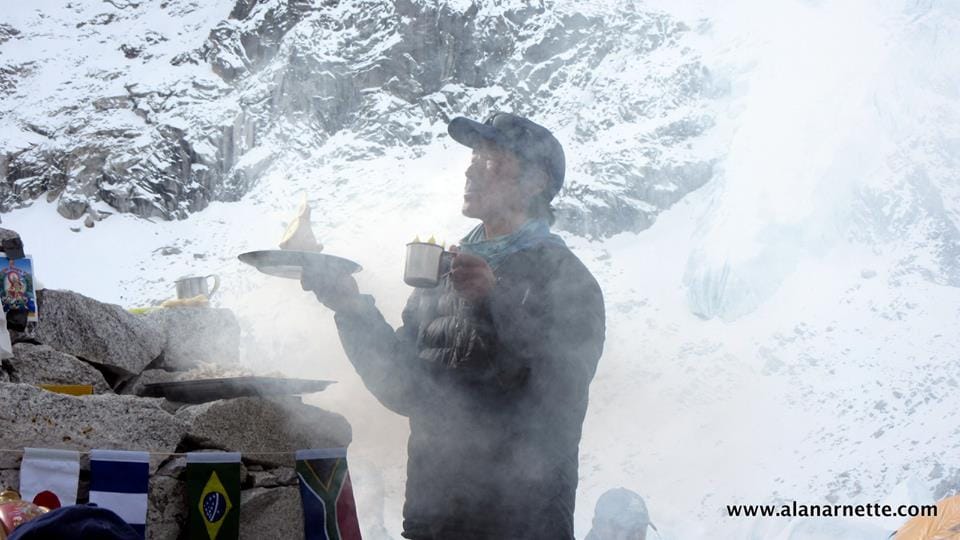
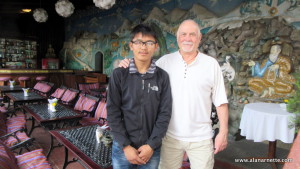
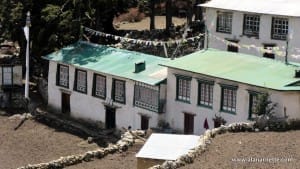

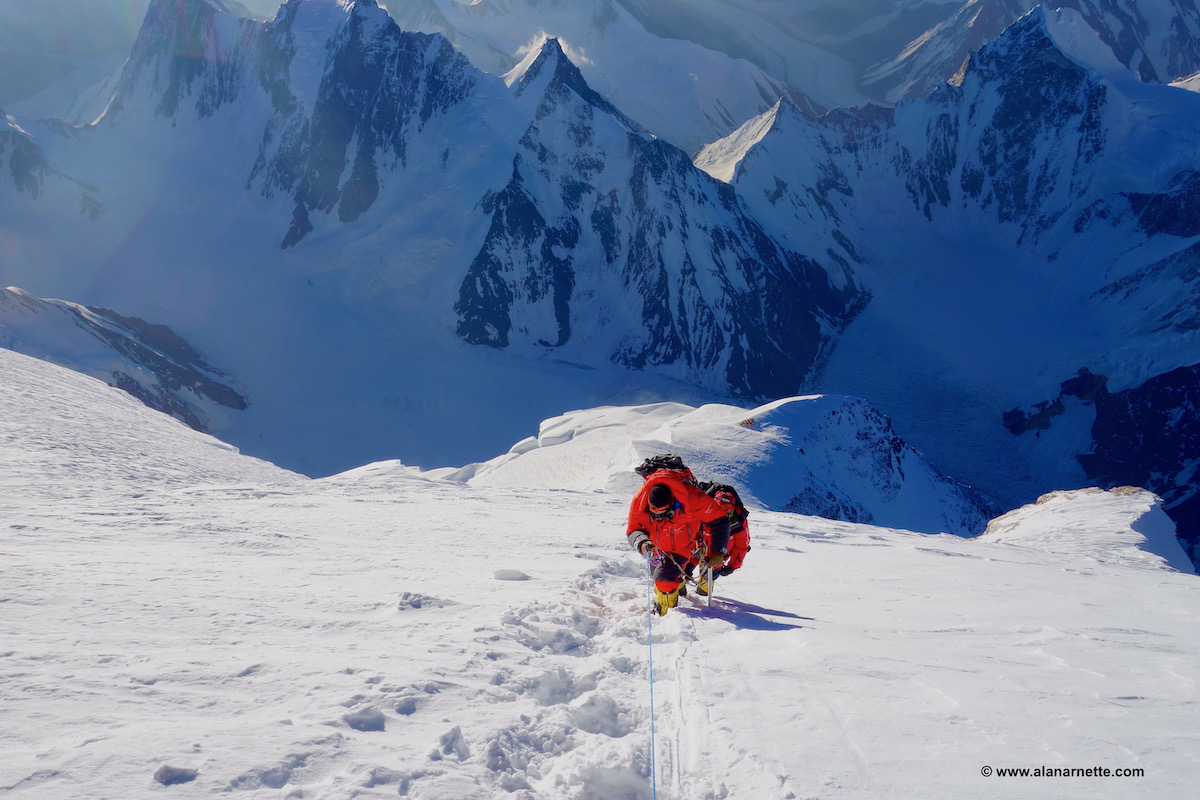

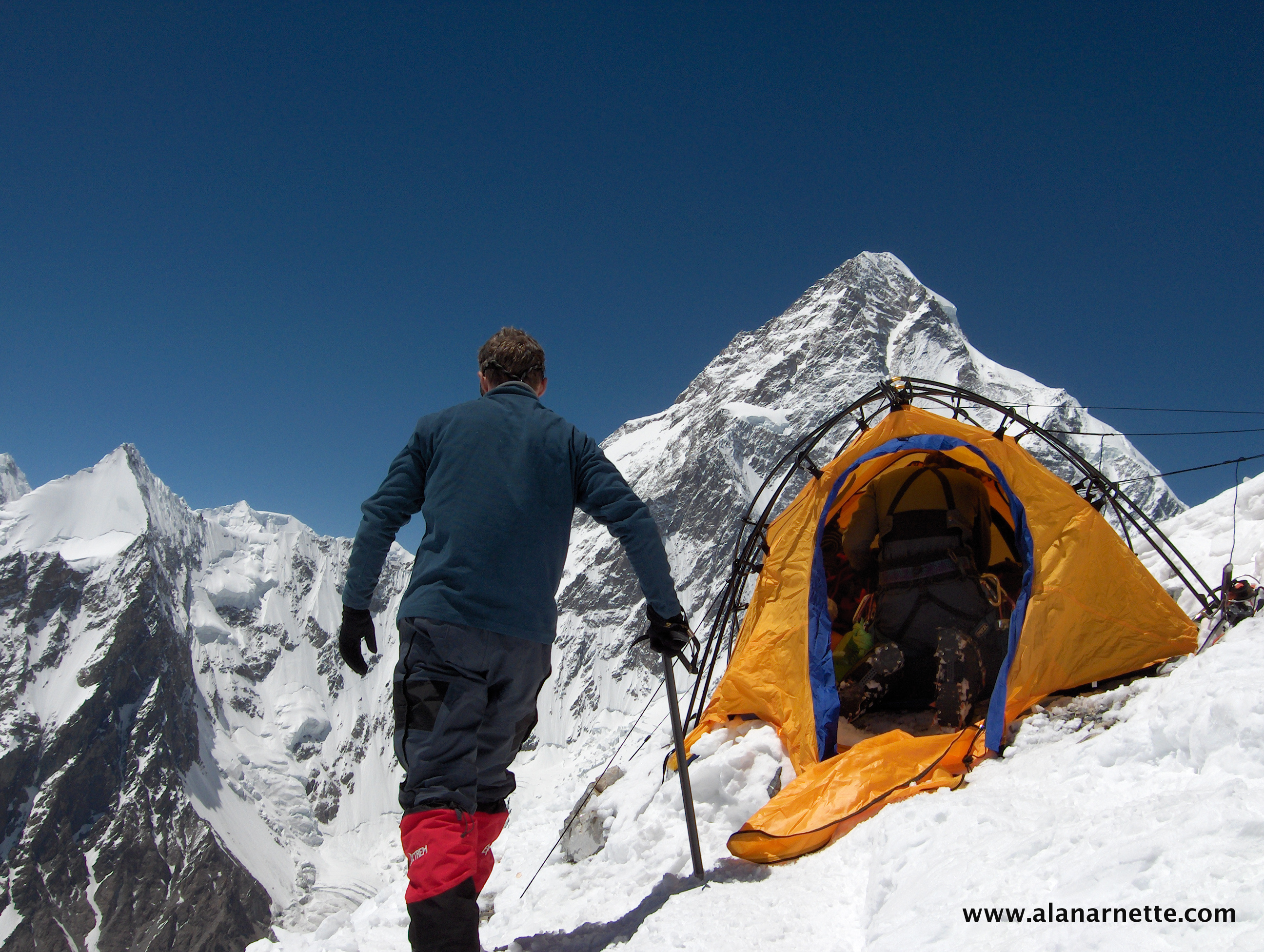
One thought on “Everest 2022: A Solemn Day of Remembrance on Everest”
Thanks so much for these updates Alan. They are really appreciated.
Comments are closed.